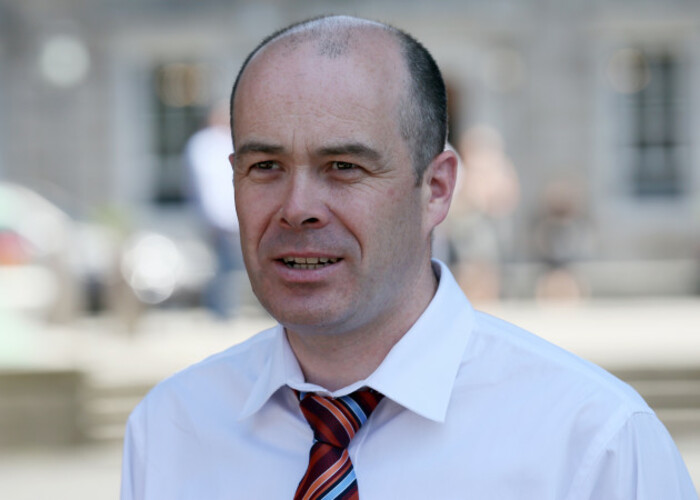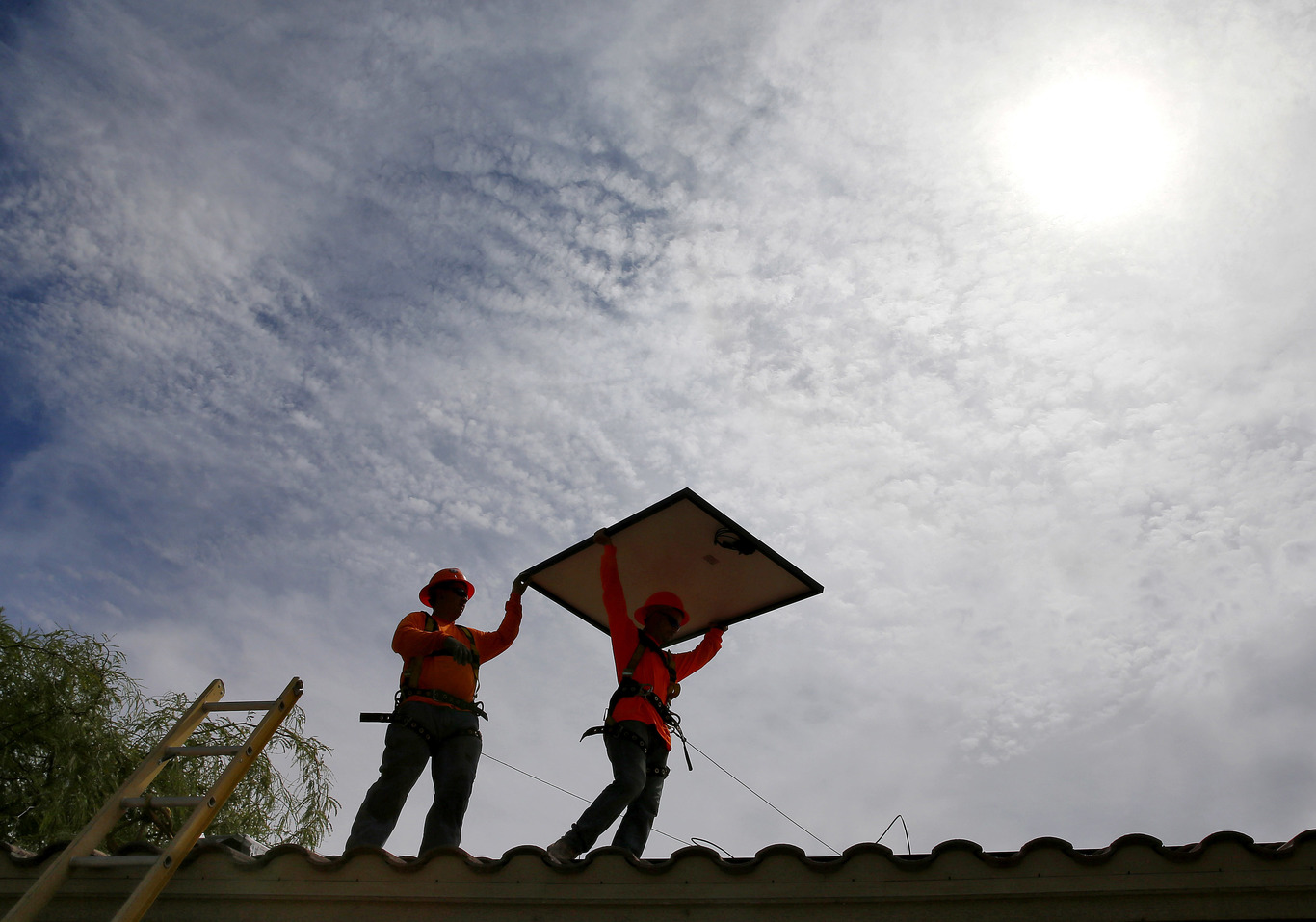Ireland labelled 'worst in class' for renewables as hope fades for solar subsidy
A government minister has indicated that the solar industry may have to wait for state support.
ONE OF IRELAND’S MOST prominent renewable-energy developers has called on the government to back viable solar projects after the minister moved to play down expectations of a subsidy.
Yesterday Communications Minister Denis Naughten dampened industry expectations of major support for the industry being implemented in the near future.
Speaking at the Irish branch of the Energy Institute in Dublin, he said that “the needs of people and businesses will be foremost in my mind” when he considers the role of solar energy.
“While I do see a place for solar in the energy mix, we cannot have a situation where a new support scheme leads to an excessive increase in people’s electricity bills through a higher Public Service Obligation (PSO) levy,” he said.
The PSO is a subsidy charged to all electricity customers that is mainly used to fund the development of renewable energy and peat.
It was estimated to cost domestic customers an average of about €60 during the 2015/16 period, while small businesses paid around €215.
Poor signals
“Based on the solar industry’s own analysis, utility-scale solar could require €150 per megawatt-hour versus approximately €70 per megawatt-hour for wind,” Naughten said.
“In other words, allowing for market rates and the supports provided by the reference support price, one could potentially be looking at a tripling of the support required, though accepting these figures are evolving as the technology matures.”
 Denis Naughten
Denis Naughten
He added: “It is essential that the scale and pace of development are appropriate to the resource available. Large levels of early speculation can send poor signals to society and state bodies that facilitate delivery of projects.
“This type of unchecked speculation could, in fact, be significantly damaging to what is an industry in its infancy in this country. Therefore, I cannot see the significant volume of proposals for solar energy in Ireland being supported in the short-term.”
As previously examined by Fora, the ESB has applications for about 3 gigawatts of solar power in the pipeline. If this was all built, it would cost a huge amount to subsidise.
John Mullins, one of the country’s most prominent solar developers, said that the state should instead look to focus the projects it is support.
Mullins, the former head of Bord Gáis and the CEO of solar firm Amarenco, said: “We believe that only those developments that have grid access, planning permission and clear financial backing should receive a tariff.
“In other words, solar initiatives that are fit for purpose, that are based on a credible and sound business model and are in effect ready to go.”
He added: “The PSO will reduce significantly in the coming years with the elimination of peat supports in 2018.
“Peat currently enjoys €122m of subsidy via the PSO. As a consequence of this, moving forward, there will be considerable scope to support solar energy and other renewable forms of energy to meet our binding EU targets.”
Worst in class
Meanwhile, Irish renewable energy fund Solar 21 said it seems likely that the Irish “will be the ‘worst boy in the class’ again when it comes to renewables”.
The company said in a statement: “With the ratification of the Paris Treaty last week comes the urgent need for the government to fast track a new support system for renewable energy”.
The firm called on the government to “support solar energy generation for residents and communities, and for large solar farms”.
Solar 21 CEO Michael Bradley said: “Ireland has achieved just over half of the target it previously committed to.
“The target was to derive 16% of national energy consumption from renewable sources by 2020, but the performance-to-date is just 8.6%. The 8.6% will rise by 2020, but we’ll still be miles off our target.”






